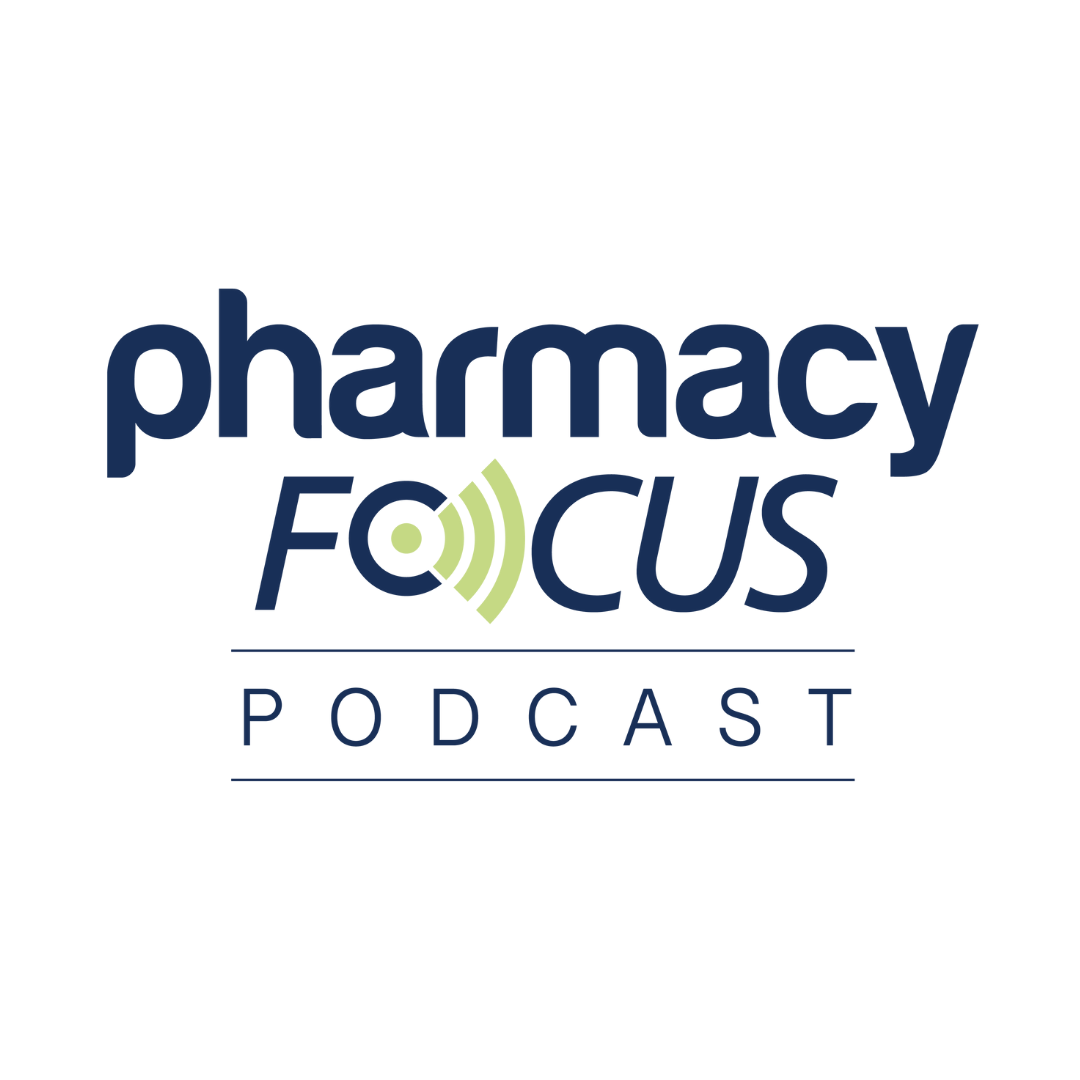In an interview with Pharmacy Times®, Saad Usmani, MD, MBA, FACP, FASCO, myeloma specialist and cellular therapist at Memorial Sloan Kettering Cancer Center, discussed the results of a subgroup analysis of transplant-ineligible (TIE) patients with newly diagnosed multiple myeloma (NDMM) from the phase 3 CEPHEUS clinical trial, which were presented at the American Society of Clinical Oncology (ASCO) 2025 Annual Meeting in Chicago, Illinois.
Usmani discussed significant insights into quadruplet therapy for TIE patients with NDMM, demonstrating higher minimum residual disease (MRD) negativity rates compared with previous trials. Usmani emphasized the importance of understanding patient population differences, noting that the addition of bortezomib (Velcade; Takeda Pharmaceuticals) to induction therapy appears to improve MRD-negative complete response rates.
Pharmacy Times: How do the MRD negativity rates and continuing CR rates seen in this TIE subgroup compare to those observed in other major NDMM trials, such as MAIA or PERSEUS, and what do these differences mean for frontline therapy selection?
Key Takeaways
- MRD negativity rates in the CEPHEUS trial (around 60%) were higher than previous trials like MAIA (30-40%), potentially due to the addition of bortezomib.
- Different clinical trials involve distinct patient populations, with median ages ranging from 60 to 72 years, which impacts treatment interpretation.
- The goal of quadruplet therapy is to give patients the best chance of achieving and sustaining MRD negativity, which translates to improved survival outcomes.
Saad Z. Usmani, MD, MBA, FACP, FASCO: Thank you so much for the question. I think one thing we have to appreciate is that when we talk about these clinical trials, we're talking about different patient populations. For example, the CEPHEUS clinical trial [had a] transplant-ineligible patient population, and the median age for that population is 72 years of age. The population for PERSEUS, which is a transplant-eligible trial, is 60 years. These are different, very different, patient populations. One is younger, and one is older. We have to keep things in context so that we know what we're talking about. With the MAIA clinical trial, it's more of an older transplant-ineligible patient population. In MAIA, 44% of the patients were equal to or over the age of 75 years. So, there is a little bit of a difference in these patient populations. When we talk about minimum residual disease (MRD) negativity rates in the PERSEUS trial, we have to take into account that it was overall MRD negativity rates that included patients who actually got stem cell transplantation. With that being said, I think there can be comparisons drawn between, say, the CEPHEUS transplant-ineligible patient population and a portion of the MAIA patient population. With the CEPHEUS transplant-ineligible patient population, the MRD negativity continuing response (CR) rate was around 60%. And then, if I remember correctly, what we had reported on MAIA was somewhere in the 30% ballpark, maybe somewhere between 30% and 40%. The addition of proteasome inhibitor bortezomib into the 4-drug induction does appear to give better MRD-negative CR rates.
Pharmacy Times: Given the high MRD negativity and sustained MRD negativity rates with DVRd, how do you envision integrating MRD testing into routine clinical practice for transplant-ineligible patients?
Usmani: I think that's a very important question, right? You want to give your patients the best chance of getting into a deep response. Once patients get into that deep response, the future clinical trials will actually be able to define the duration of treatment. Right now, my personal preference is, for patients who are fit and intermediate fit in the transplant-ineligible patient population, I would prefer giving a quadruplet as part of induction to bring their disease burden down and give them the best chance of getting into a deep response. I'll also say that in routine clinical practice, we may tweak the regimen to match the patient profile as well, but the goal is the same. We want to give our patients the best chance of getting into that MRD negativity and sustaining it, because that's what translates into better survival outcomes.
Pharmacy Times: With nearly 70% of patients progression-free at 4.5 years, do you think DVRd could enable longer fixed-duration treatment strategies, or is continuous therapy still the preferred approach for TIE patients?
Usmani: I think the future belongs to fixed-duration treatment, and I think sustained MRD negativity over a certain period of time will enable us to do that. But how we do it for our standard-risk patients would be different than high-risk patients. What is the optimal duration of sustained MRD negativity? Are we happy with 2 years or 3 years? That will also depend upon disease biology. I think there are few clinical trials, such as the SWOG-1803, which is looking at DR vs R maintenance and stopping or continuing after patients have had MRD negativity at the 3-year time point, that will help us in answering that question.
Pharmacy Times: What patient characteristics, if any, were identified as predictors of achieving sustained MRD negativity or long-term PFS in the TIE population?
Usmani: In the transplant-ineligible patient population, it looks like most of the patients, regardless of which prespecified subgroup they belong to, benefited from the DVRd use, whether it's getting to MRD negativity or having better progression-free survival. I think the one subset where it's a small number of patients that we do not have as much data on is the high-risk subset, but that too appears to be favoring DVRd if we look at the bigger picture, but the numbers are small.






